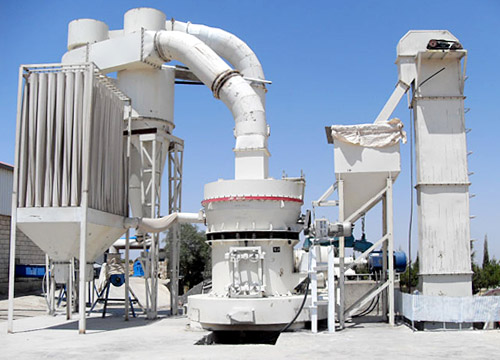Choosing between a mesh screen and a rock crusher depends on your specific needs, such as material size requirements, production capacity, and the nature of your project. Here’s a comparison to help you decide:
 1. Mesh Screen (Vibrating Screen or Trommel)
1. Mesh Screen (Vibrating Screen or Trommel)
– Purpose: Separates materials by size (e.g., gravel, sand, soil).
– Best for:
– Sorting already crushed material into different sizes.
– Removing fines (small particles) before further processing.
– Screening topsoil, compost, or aggregates.
– Advantages:
– Does not crush rocks—only sorts them.
– Efficient for high-volume sorting.
– Available in different mesh sizes for precise grading.
– Limitations:
– Cannot break large rocks—only separates existing material.
2. Rock Crusher (Jaw Crusher, Cone Crusher, Impact Crusher)
– Purpose: Reduces large rocks into smaller gravel, sand, or dust.
– Best for:
– Breaking down boulders or large rocks into usable aggregate.
– Producing gravel for construction or road base.
– Mining and quarrying operations.
– Advantages:
– Can process large, hard rocks efficiently.
– Produces uniform-sized material for construction use.
– Limitations:
– Requires more power and maintenance than a scre.jpg)
– May produce excess fines if not adjusted properly.
When to Use Each:
– Use a Mesh Screen if: You need to sort already crushed material into different sizes (e.g., separating sand from gravel).
– Use a Rock Crusher if: You need to break down large rocks into smaller pieces before screening.
Combination Approach:
Many operations use both—first crushing rocks with a crusher and then screening the output with a mesh screen to get the desired final product sizes.
Would you like recommendations based on your specific project details?





Leave a Reply